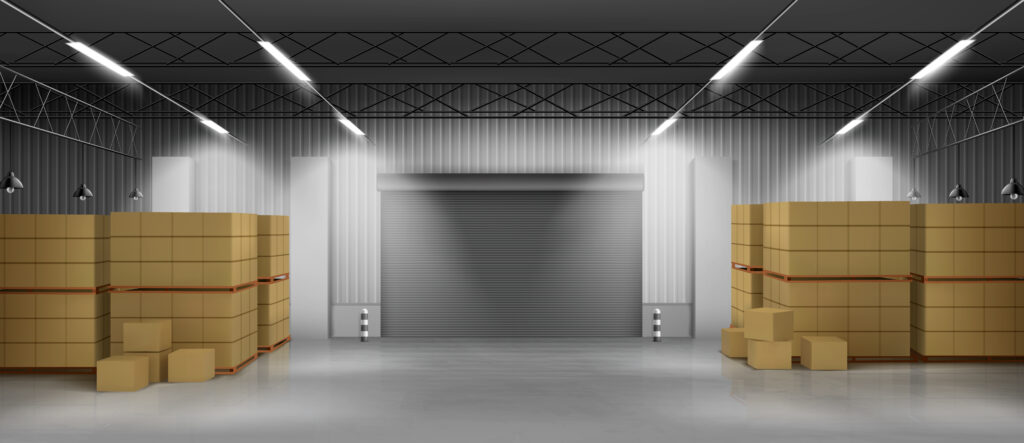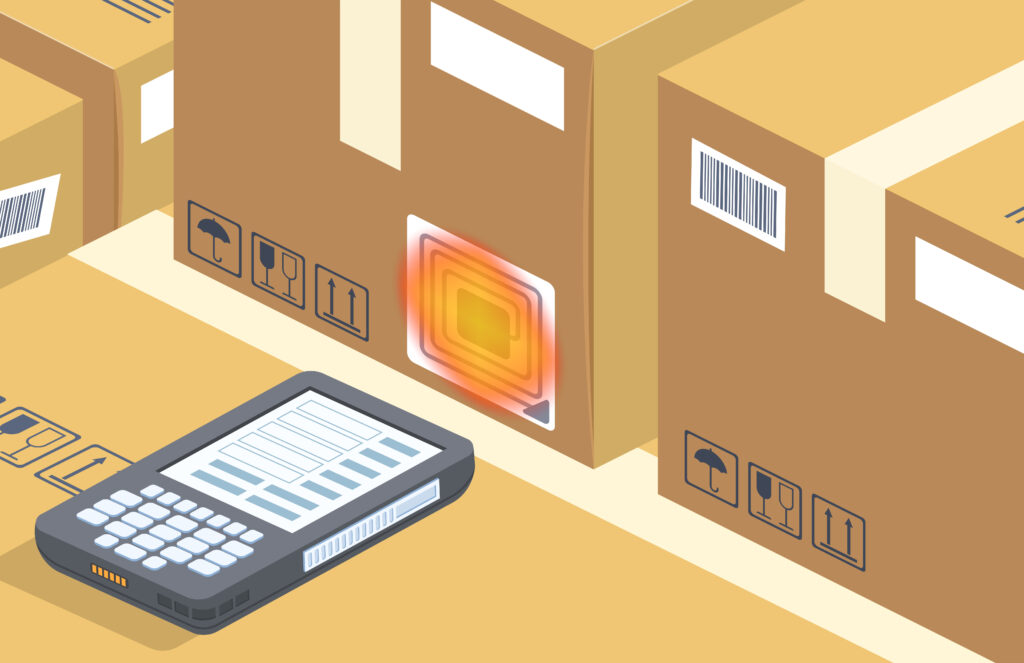Introduction
Tracking all moveable assets (Forklifts, Pallet Jacks etc.) inside the warehouse is always challenging for a WMS. All WMS platforms try to tackle this in various ways for providing as accurate of a picture as possible for managing WMS intelligence around Picking and Putaway.
In this White Paper, I will use JDA/BY as the basis of the argument, but surely the concepts can be leveraged for any WMS platform.
JDA/BY Vehicle Tracking Principal
JDA/BY WMS utilizes the following method for tracking vehicles in the warehouse:
- On logon, the user must scan (Controlled by setup), their initial location
- Every time, a user does any work of Picking or Putaway, the last location they scan is determined to be the vehicle’s last location
- JDA/BY keeps track of last location, and in that respect the last work zone in a table and updates it constantly as stated above
Based on above mentioned tracking mechanism, JDA has a fairly good idea of the last location of a vehicle and utilizes this information in its “Directed Work” logic for controlling:
- If a vehicle can go into a zone based on how many vehicles are allowed inside a zone
- Next work to be allocated to a user/ vehicle based on the last known location
Latency Problem in Soft Tracking of Locations
The location tracking in this manner provides a fairly accurate picture but has latency issues. For example:
- A user scans the location nearest to them on sign-on but then drives to the other end of the warehouse without any more scans. WMS will not know of the current location until a new scan is made, but a new scan cannot be made because WMS is still trying to find work based on the last known location
- A user picks a pallet and drives to drop it to staging. WMS knows of the last location based on the pickup and will not update it until the pallet is dropped, which may be upwards of 5+ minutes based on the size of the warehouse. This means the source work zone continues to show a +1 for vehicle count for that duration
- A user picks up a pallet and hand enter the destination location (assuming location verification is not turned on). WMS updates the last location based on the destination and makes the current work zone -1. However, physically speaking the user is still in the source work zone and causes a safety issue
- If Auto-Deposit is turned on for any locations, JDA will complete the deposit immediately and causes a similar problem as mentioned above
- A user is taking a less optimal route through the warehouse. Even with labor tracking turned on, it is difficult to track user’s routes
Solution
A simple mid-level technology solution has been envisioned by Oracular in solving this issue. Oracular proposes that a warehouse is setup with the following:
- The ceiling of the warehouse is plastered with a grid of 2D barcodes with X/Y coordinates
- All vehicles are mounted with a camera looking up reading these barcodes
- Utilizing Oracular provided software for tracking the vehicles
- The software continually updates the JDA/BY’s RFTMST for the vehicle’s last location and can also provide a graphic overview of the vehicle movement if needed
- All locations are stored in a custom table for later analysis of the vehicle’s movement and best path determination for labor tracking
ROI Assessment
ROI Assessment are always relevant based on the needs of a customer. However, Oracular determines the following key value points:
- Immediate Last Location Update
- As pointed out above, JDA/BY will wait for updating the last location based on the last scan and this can take some time depending upon the scenario
- A zone can remain locked (Or show higher vehicle count) unnecessarily
- Work assignments suffer as a consequence
- Accurate Last Location Update
- If users are key entering locations, or in Auto-Deposit scenario, the vehicle’s last location is getting updated prematurely
- This presents a safety concern where a zone starts to show an inaccurate picture of vehicle count
- Work assignment can be done prematurely leading to safety audits
- Passive Location Verification
- Since the Location Tracking will always know exactly where the vehicle is, a user scanning an incorrect location will be flagged immediately
- A user can be notified as a warning that the location entered does not match the physical location of the vehicle
- Auto-Deposit based on current location
- If Auto-Deposit is enabled in JDA/BY, it can be deferred until the vehicle reaches the location
- This will increase the labor tracking accuracy and also ensure last location updates are done properly
- This can also allow more location to be “Auto-Deposit” enabled, reducing labor effort in trying to scan locations. Almost all floor locations can be “Auto-Deposit” enabled
- Historic Vehicle Movement
- Location Tracking will store all vehicle movements in the warehouse
- Over time, this data provides valuable insight into the paths being utilized and possible obstacles in movement
- Metrics can be fine-tuned, especially in Labor Tracking to have a better measurement on travel times
- Safety Audits
- The Location Tracking data can be utilized during Safety Audits and Loss-Time accident investigations
- Accurate picture will be available of where the vehicle was, speed it was traveling and the direction it was coming from. All valuable insights into any investigation
Conclusion
The technology framework is getting enhanced in a very rapid manner. The easy access to high-resolution cameras at a very low price point allows for sophisticated solutions to be in easy access for all. The key is in bringing an innovative idea into an existing solution space, with a low-cost entry point and provide a higher ROI. Oracular is continuously striving to bring such solutions to the market space. Please visit www.oracular.com for more insights into our innovations.




